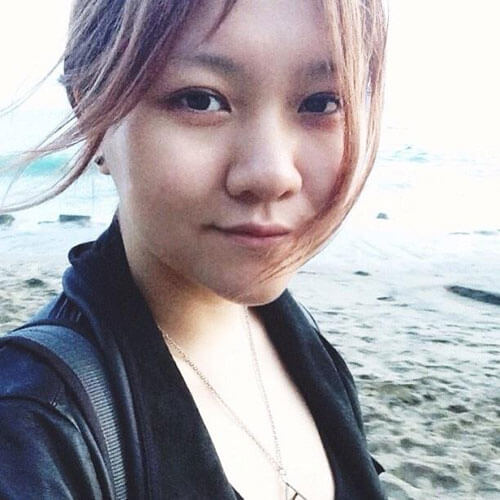Zhang Jingna born May 4, 1988 in Beijing, China is a photographer known widely on DeviantART as zemotion.Born in the suburbs of Beijing to a sporting family, Jingna moved to Singapore at the age of eight, where she attended Haig Girls' School. At the age of fourteen, nine months after picking up air rifle, Jingna broke a national record, and subsequently joined the national air rifle team. She was active in the team for six years, notable achievements include breaking a record in the 10m Air Rifle event at the Commonwealth Shooting Championships 2005 in Melbourne, and a bronze in the same event at the Commonwealth Games in 2006, awarding her the title of Sports Girl of the Year for 2006 by the Singapore National Olympic Council.
She left the Raffles Girls' School at sixteen to pursue a degree in fashion design in Lasalle College of the Arts. At eighteen, Jingna picked up a camera. Probably due to her keen interest and achievements in photography, she left Lasalle in October 2007, and the rifle team in January 2008, to pursue photography full time. Jingna's clientele includes companies such as Mercedes Benz, Canon, Pond's, Ogilvy & Mather Advertising and Wacom. She also produced fashion editorials for magazines such as Harper's Bazaar, Elle and Flare.
In September 2008, Jingna held her first solo exhibition, "Something Beautiful", at The Arts House in Singapore. In April 2010, 50 of her works were showcased along Orchard Road during Singapore's fashion festival - Fashion Seasons @ Orchard. The showcase was Singapore’s first large scale street exhibition featuring fashion photography. The street exhibition was followed immediately by her second gallery show, "Angel Dreams", at Japan Creative Centre, Singapore, supported by the Embassy of Japan. The show was noted for her photographs of Japanese musician Sugizo (Luna Sea, X Japan).
She's influenced by people such as Peter Lindbergh, John William Waterhouse, Yoshitaka Amano and Zdzislaw Beksinski. Jingna also cites her friend Kuang Hong, a fellow artist whom she had managed since the age of fifteen, in numerous interviews, as one of the influences and foundations of her artistic development. She manages a professional Starcraft 2 team called Infinity Seven.
Source: Wikipedia
Born in Beijing and raised in Singapore, Jingna Zhang is a fine art photographer and art director in New York, Los Angeles, and Seattle. Inspired by the Pre-Raphaelites and anime, Jingna’s work interweaves Asian aesthetics with western art styles, bringing unique visions of painterly images to fashion and fine art photography.
Jingna’s works have appeared on Vogue China, Vogue Japan, Harper’s Bazaar China, and Elle Singapore. She has exhibited with PhotoVogue at Leica Gallery Milan, Cle de Peau Beaute in Hong Kong, and Profoto at Tsinghua University. Her clients include brands like Mercedes Benz, Lancome, Canon, and Team Liquid. She has been a speaker and mentor at Square Enix Japan, Trojan Horse is a Unicorn, School of Visual Arts, Laguna College of Art and Design, and Monterrey Institute of Technology.
Prior to her work behind the camera, Jingna was a national athlete on Team Singapore, and founder of an esports team in StarCraft 2. She was an agent for concept artists and illustrators, with clients such as LucasArts, Amazon Publishing, and Sony Music Japan.
Jingna was named on Forbes Asia’s 30 Under 30 list for Art & Style in 2018. She is an alumna of Stanford Ignite.
Jingna is currently working on Cara, a social network and artist platform that filters AI-generated media for the entertainment industry. Her ongoing projects include a course on artistic portrait photography, Motherland Chronicles, and an upcoming photobook inspired by anime and manga.
Source: www.zhangjingna.com
